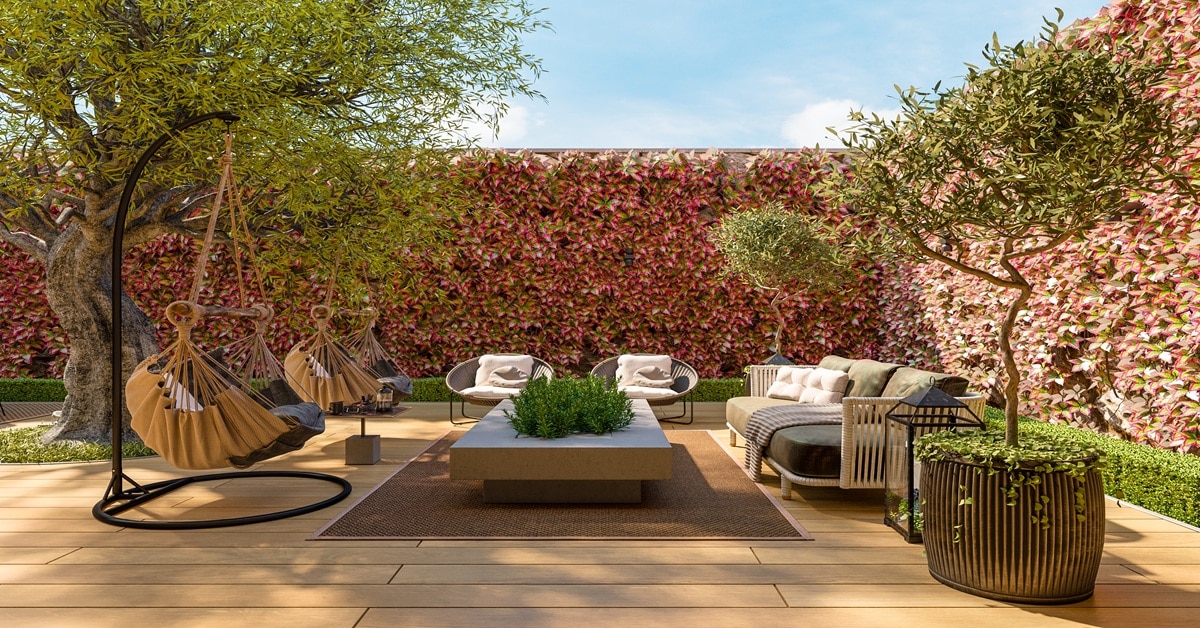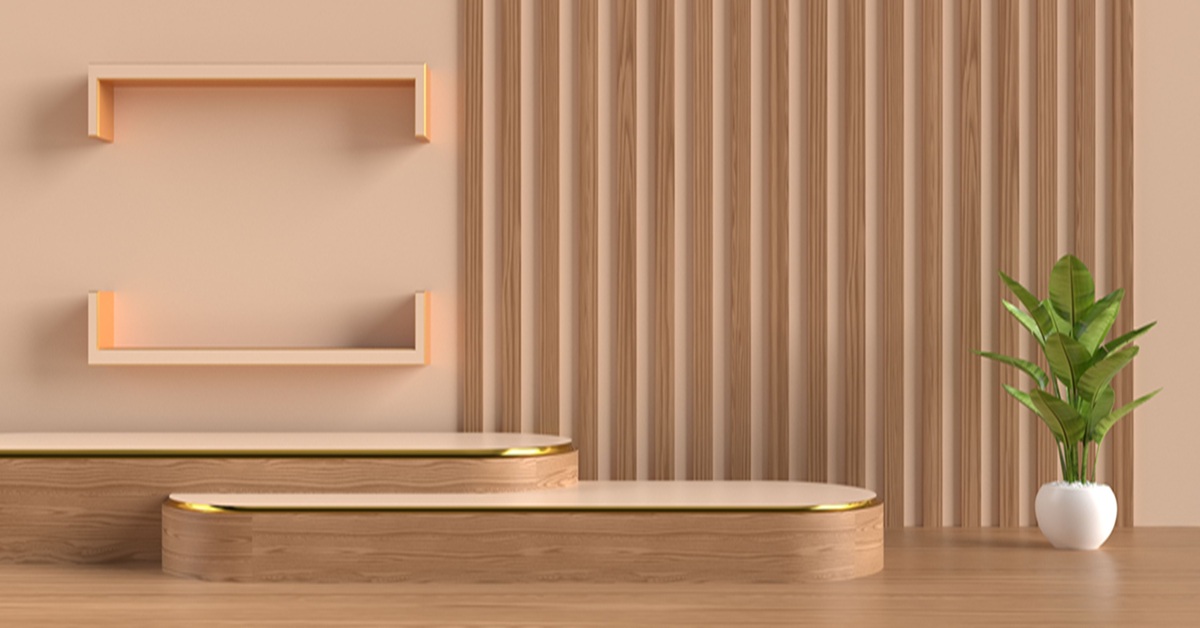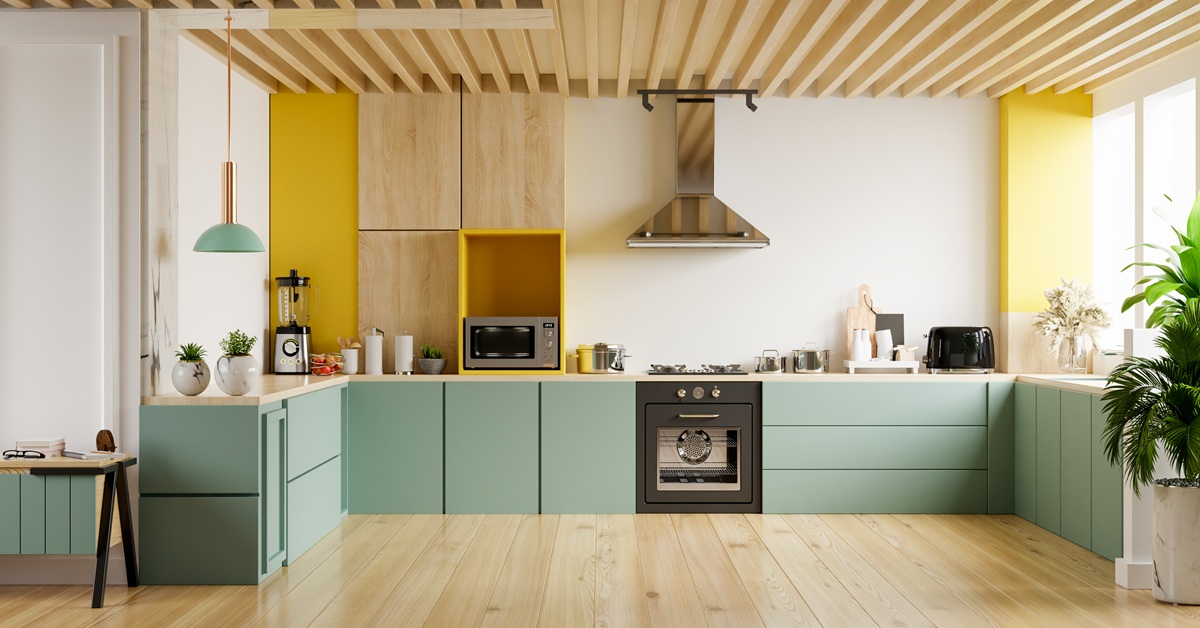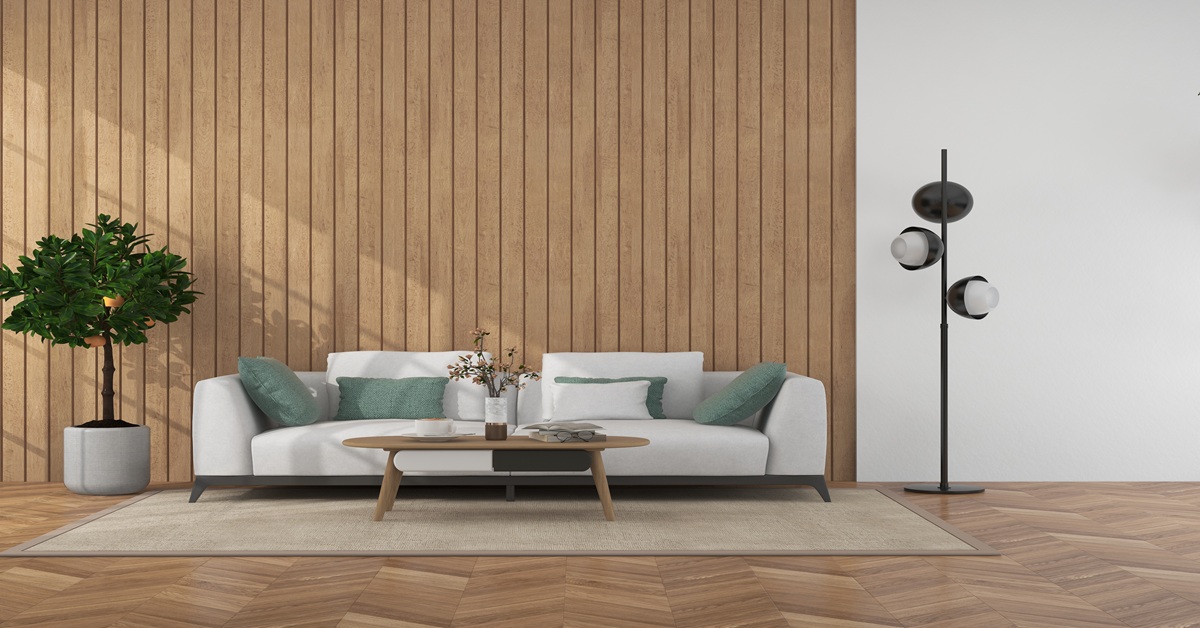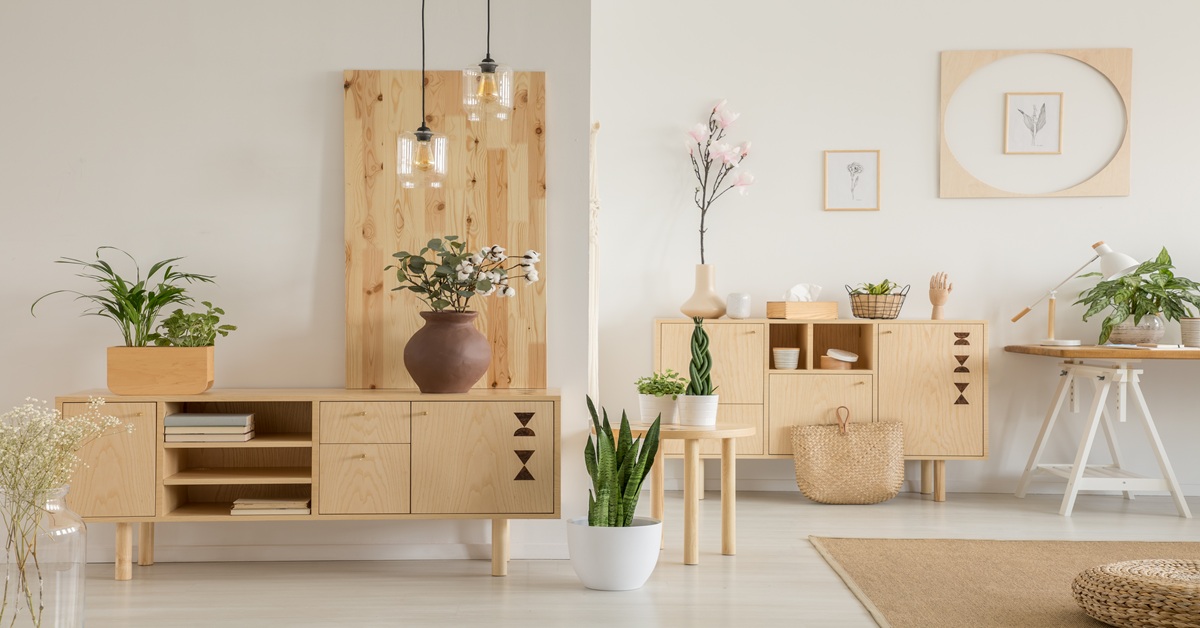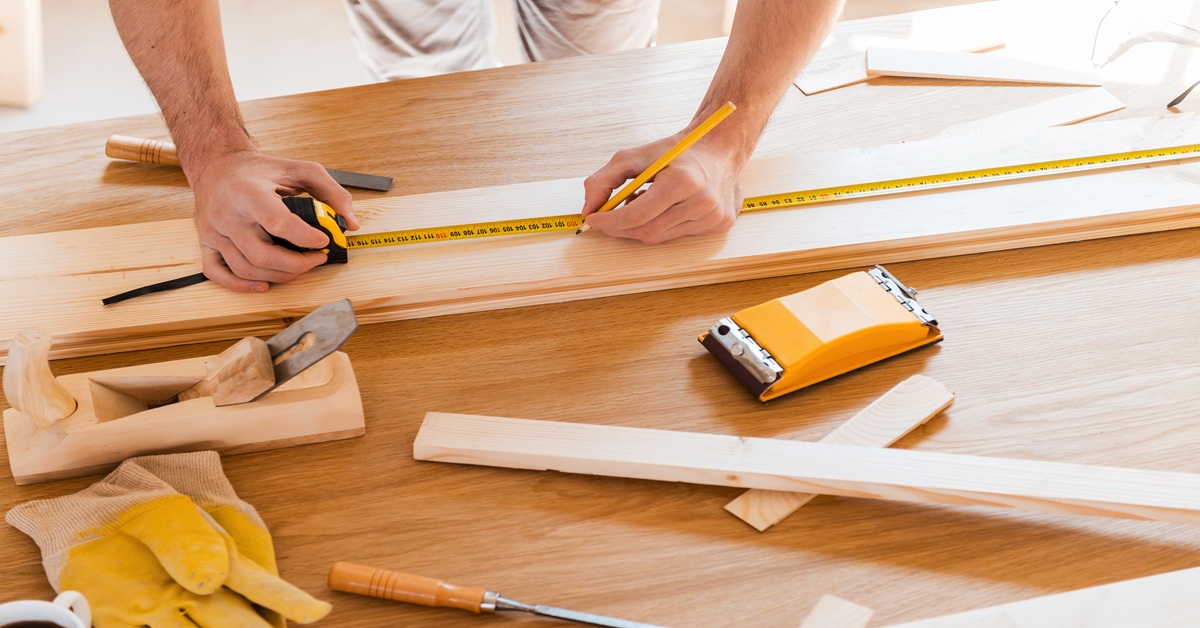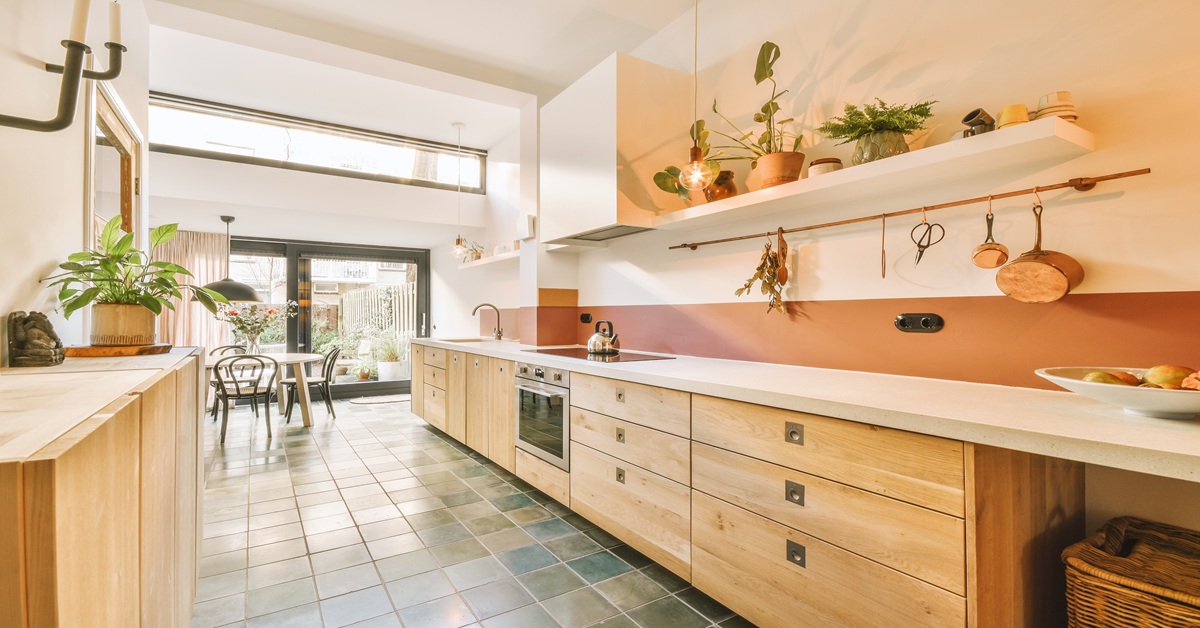Introduction
Choosing the right type of plywood can significantly impact the success and longevity of your project. With numerous types available, each tailored to specific applications, understanding their properties and uses is essential. In this comprehensive guide, we’ll explore the most common types of plywood and help you determine which one is best for your next project.
Understanding Plywood Basics
Plywood is a versatile engineered wood product made by bonding layers of wood veneers together. The orientation of these layers alternates to enhance strength and reduce warping. The type of plywood varies based on the wood species, adhesive, and intended application.
Common Types of Plywood and Their Applications
1. MR Grade Plywood (Moisture-Resistant Plywood)
- Features:
- Resistant to moisture but not waterproof.
- Economical and widely available.
- Applications:
- Interior furniture like wardrobes and cabinets.
- Indoor paneling and partitions in low-moisture areas.
- Best For: Indoor projects in dry climates or spaces with minimal moisture exposure.
2. BWR and BWP Plywood (Boiling Water-Resistant and Boiling Water-Proof)
- Features:
- BWR: Suitable for moderate water exposure.
- BWP: Fully waterproof and highly durable.
- Applications:
- BWR: Kitchen cabinets and bathroom furniture.
- BWP: Outdoor furniture, roofing, and decking.
- Best For: Spaces prone to humidity or occasional water exposure.
3. Marine Plywood
- Features:
- Designed for prolonged water exposure.
- Highly durable and resistant to delamination.
- Applications:
- Boat building and repairs.
- Coastal construction projects.
- Best For: Projects in water-intensive environments, such as docks or seaside structures.
4. Commercial Plywood
- Features:
- Affordable and lightweight.
- Made from mixed hardwood and softwood veneers.
- Applications:
- Temporary structures like scaffolding.
- Low-load furniture and decorative panels.
- Best For: Budget-friendly indoor projects where heavy load-bearing isn’t required.
5. Calibrated Plywood
- Features:
- Uniform thickness across the sheet.
- Smooth surface finish for precise applications.
- Applications:
- Modular furniture.
- Paneling and laminating.
- Best For: Projects requiring a flawless finish, such as modular kitchens or office furniture.
6. Fire-Resistant Plywood
- Features:
- Treated with chemicals to resist ignition and slow fire spread.
- Provides additional safety in fire-prone areas.
- Applications:
- Wall cladding in commercial buildings.
- Public spaces like theaters and auditoriums.
- Best For: Projects prioritizing safety in fire-prone environments.
7. Flexible Plywood (Flexi Ply)
- Features:
- Easily bends without cracking.
- Lightweight and versatile.
- Applications:
- Curved furniture designs.
- Architectural elements like arches and columns.
- Best For: Creative projects with intricate designs.
8. Structural Plywood
- Features:
- High strength and load-bearing capacity.
- Manufactured with durable adhesives.
- Applications:
- Flooring substrates.
- Structural beams and roofing.
- Best For: Projects requiring heavy load-bearing and durability.
9. Hardwood Plywood
- Features:
- Made from high-quality hardwood veneers.
- Durable and aesthetically appealing.
- Applications:
- High-end furniture and cabinetry.
- Decorative interior paneling.
- Best For: Premium projects requiring strength and elegance.
10. Softwood Plywood
- Features:
- Made from softwood species like pine or cedar.
- Lightweight and easy to work with.
- Applications:
- Roofing underlayment.
- Temporary outdoor structures.
- Best For: Light-duty projects and construction tasks.
Factors to Consider When Choosing Plywood
1. Intended Use
Determine whether the plywood will be used indoors or outdoors, in wet or dry conditions, or for decorative or structural purposes.
2. Budget
Some plywood types, like marine or hardwood plywood, are costlier due to their quality and specific features. Choose a type that balances cost and requirements.
3. Durability
For long-term projects, opt for high-grade plywood that can withstand environmental stress, like BWP or structural plywood.
4. Aesthetic Requirements
For visible surfaces, choose plywood that supports veneers, laminates, or other finishes. Hardwood or calibrated plywood is ideal for such applications.
5. Environmental Concerns
Eco-friendly options like FSC-certified plywood or green marine plywood are suitable for sustainable construction projects.
Tips for Ensuring Quality When Buying Plywood
- Check for certifications like IS 710 for marine plywood or IS 303 for BWP plywood.
- Inspect for uniform thickness and a smooth finish.
- Ensure no gaps or defects in the core layers.
- Purchase from a trusted supplier for guaranteed quality.
Conclusion
Selecting the right plywood is crucial for achieving the desired results in your construction or design project. From moisture-resistant MR plywood to durable marine plywood, each type caters to specific needs. Assess your project’s requirements, consider the factors mentioned, and invest in the appropriate plywood type for lasting performance.
For high-quality plywood solutions, trust Wigwam, a leading provider of premium plywood products. With a range tailored to meet diverse construction needs, Wigwam ensures durability, reliability, and style in every sheet. Choose Wigwam to build better, smarter, and stronger.

